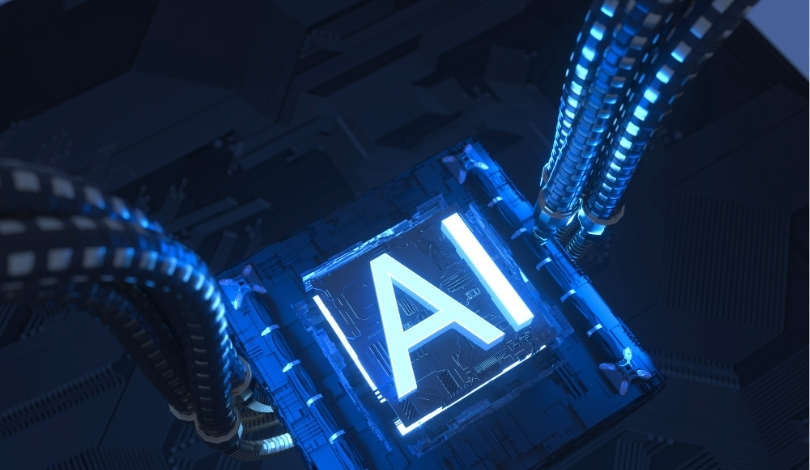With artificial intelligence rapidly spreading into robotics, healthcare, and industrial automation, Advantech brings forward its latest Edge AI systems powered by NVIDIA Jetson Thor modules. The new product lineup caters to specific industry use cases such as robotics, medical imaging, and data-intensive AI applications, aiming to bridge the gap between development and practical deployment in real-world scenarios. By equipping their edge computing systems with application-specific hardware and integrated software environments, Advantech enables developers to bring AI-driven solutions closer to operational environments where fast response and reliability are paramount. The introduction of container-based architecture within these systems seeks to improve flexibility and accelerate deployment timelines, allowing for easier customization and remote management across industries.
Earlier reports about Advantech’s AI hardware mostly highlighted the company’s focus on generic edge intelligence and IoT applications. Those systems often required users to assemble software stacks themselves and lacked industry-tailored integration. With the latest launch, Advantech appears to narrow that gap by embedding specific development tools, vertical software suites such as Robotic Suite and GenAI Studio, and tighter ecosystem collaborations. The addition of NVIDIA Jetson Thor modules provides a significant leap in processing capabilities, whereas previous lines used less powerful Jetson platforms with limited real-time AI performance or energy efficiency.
Which Systems Support Robotics and Medical Applications?
Advantech developed hardware platforms such as the ASR-A702 and AFE-A702 robotic controllers, focusing on robots like humanoids, autonomous mobile robots (AMRs), and unmanned vehicles. These controllers are engineered to manage real-time AI reasoning, leveraging GPU-accelerated simultaneous localization and mapping (SLAM) technology, and support a wide variety of sensors and camera interfaces. In addition, features such as ESD protection, anti-vibration design, and over-the-air (OTA) upgrade capabilities are included to meet operational needs in logistics, mission-critical unmanned systems, and service robotics.
How Does Advantech Address Medical AI and Diagnostics?
To meet the demands of medical AI, Advantech introduced the AIMB-294 board and EPC-T5294 system, optimized for use in the operating room and clinical workflows. Built with low latency and high precision in mind, these platforms target real-time image processing, 3D imaging, and streaming AI pipelines for advanced surgical robotics and diagnostic tools. Integration with NVIDIA’s Holoscan and MONAI SDKs ensures that developers can create robust medical imaging applications capable of supporting complex healthcare environments. The company stated,
“Our Edge AI systems help medical institutions rapidly develop intelligent diagnostic workflows and offer real-time operating room insights.”
What Role Does Edge LLM Play in Data-Intensive Environments?
For data-driven applications, the AIR-075 system delivers high-throughput computing with multiple network interfaces and is designed to facilitate edge-based large language models (LLMs). These capabilities support traffic management, industrial automation, and visual AI agents. The system integrates with NVIDIA AI tools like Metropolis and Triton, and combines sensor fusion, multi-model inference, and centralized management through Advantech’s Edge AI SDK and DeviceOn platforms. Advantech emphasized,
“Our collaboration with ecosystem partners ensures our customers can deploy cutting-edge AI at the edge, in ways that fit their domain-specific requirements.”
The Advantech Container Catalog (ACC) further extends the ecosystem by offering ready-to-use edge AI applications and domains such as medical imaging, robotics, and smart sensing. Compatibility with WEDA (WISE-Edge Developer Architecture) enables scalable deployments from a single device to distributed networks, supporting both quick prototyping and larger rollouts in industries ranging from healthcare to city services and retail.
AI on the edge remains an active area for technology companies, as processing data closer to the source reduces latency and dependency on cloud infrastructure. Advantech’s latest systems attempt to lower integration barriers by blending tailored hardware with software tools that handle real-time analytics and computer vision tasks specific to each field. For organizations planning to invest in smart robotics, medical AI, or industrial data intelligence, selecting platforms like those powered by NVIDIA Jetson Thor modules can support both immediate development needs and future scalability. Vendors now commonly combine remote management, containerized deployment, and partner collaboration so that customers can focus more on application goals and less on underlying infrastructure. For readers exploring edge AI options, evaluating the integration depth between hardware and vertical-market software—and the extent of available partner-supplied solutions—can help ensure that solutions fit operational environments and can adapt as requirements evolve.










